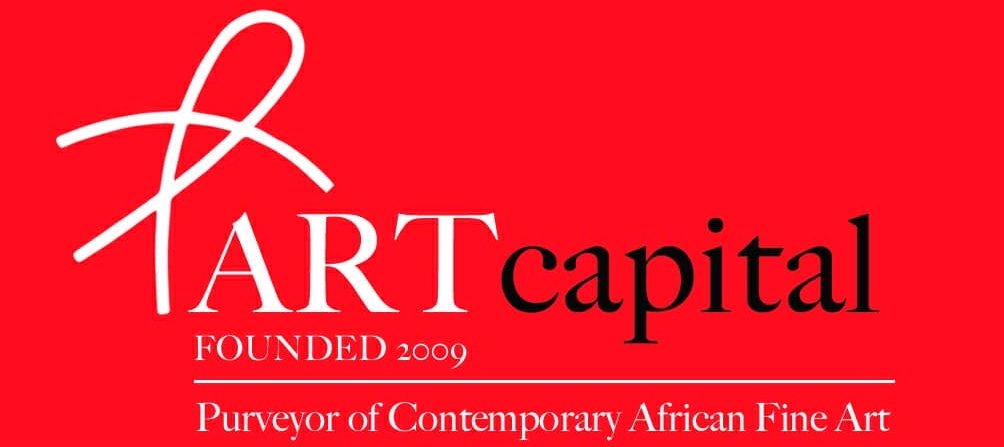[SOLY CISSE ON THE WEST AFRICAN ART SCENE AND ITS SOCIETAL IMPACT.]
Q: Working at the forefront of Senegalese and African art scenes, from the perspective of your multi-decade career, what are some of your observations or predictions about increasing international interest in African and African Diasporic artists?
ANSWER: …….There is a lot of hope and expectations, numerous local actors want to make things happen at their level.
However, overall, the African public ignores important artists that are being recognized in Europe, while they remain unknown in their own countries.
Hence the importance of cultural exchanges, to raise awareness, and to demonstrate that arts and culture can have a great positive economic impact, that it can be a source of development for these nations.
In parallel, it is needed to reinforce artistic education in Africa.
On the positive side, there are more and more art collectors in Africa, benefiting of complicity from Western institutions and collectors.

Q: Your work frequently incorporates human and animal hybrids, as well as elements of African tribal art. What is the inspiration and meaning behind these elements?
ANSWER: I am greatly inspired by traditional African culture, including tribal arts such as African sculpture. African artists are very lucky to have such a rich artistic and cultural heritage, Africa is full of great artistic and cultural traditions.
African tribal art carries a mystical dimension, for example, animals represented in sculpture have a specific symbolic meaning referring to war, love, etc.
It is a reflection of African mythologies, where animals appeared as religious and mystical symbols. Great unknown African artists of the past knew these symbolic meanings, why not get inspiration from these ancient artworks?
For me painting is like a ritual, when I paint, I try to understand our existence, the elements that surround me.
However, it is a spontaneous process, disconnected from commercial considerations and judgments of others. I have always conveyed these important elements in my work, I am not the one who created these beings—they were already there, they called upon my attention.
My spontaneity and artistic freedom allowed me to express my ideas using these images.

Q: Many collectors and followers of your work know you for your work as a painter—but sculpture is also an important facet of your practice. What are some key differences between your painting and sculpture practices?
ANSWER: My artistic freedom encouraged me to experiment with sculpture, hence the series “Gladiators.”
I am against any limits between media, I believe it reflects the dynamics of African art overall. African artists must confront the international art market. It also applies to the Dakar Biennial which must welcome international artists.
The series “Gladiators” is a reflection of my thinking around Senegalese wrestling, a traditional sport of my country that has become more violent in recent times, apparently to respond to the expectations of the public.
This reflects a societal change, the Senegalese society becoming more violent, in my opinion.
In my sculptures, I compared the wrestlers to antique gladiators, to testify about this change.
The full interview is available here: https://news.artnet.com/buyers-guide/7-questions-soly-cisse-sulger-buel-gallery-2344794
